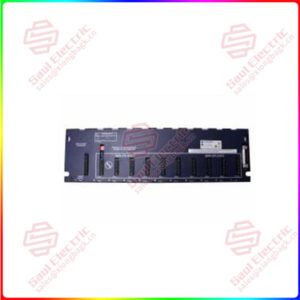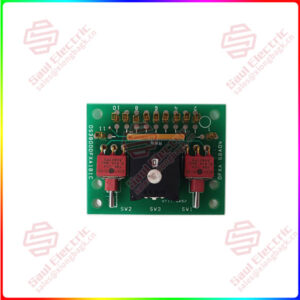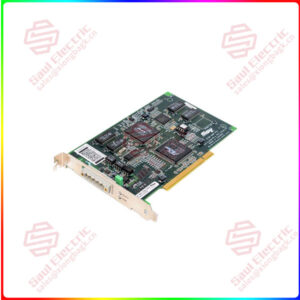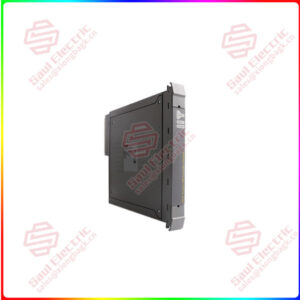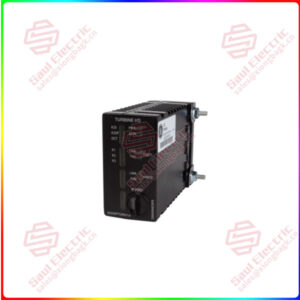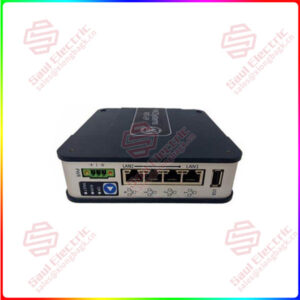Description
Overview
Essential details:1788-EN2FFR Ethernet/IP Linking Device to FOUNDATION Fieldbus Networks
lf you need to inquire or purchase ,please send the product models to my email or call medirectly .
sunny He
[Email] sales@saulcontrol.com
[Mobile] 86-18059884797
[WhatsApp] 86-18059884797
[Skype] sales@saulcontrol.com
1788-EN2FFR Ethernet/IP Linking Device to FOUNDATION Fieldbus Networks
The 1788-EN2FFR is an Ethernet /IP connectivity device for connecting industrial Ethernet networks to Foundation Fieldbus networks. This is a common connection for the transformation and integration between different communication protocols in industrial automation systems.
Ethernet /IP is a common industrial Ethernet communication protocol, which uses the TCP/IP protocol stack, supports the transmission of Ethernet frames, and can provide reliable and real-time communication in industrial environments. The Foundation fieldbus is a communication protocol for industrial automation control, which uses a low-speed, deterministic, real-time communication mode to support the communication between a variety of different devices.
By connecting devices using the 1788-EN2FFR, the Ethernet /IP network can be connected to the Foundation Fieldbus network, enabling communication and data exchange between the two different protocols. This connection makes it easy to integrate devices or systems using the Ethernet /IP protocol into the existing Foundation fieldbus network, improving the communication capability and scalability of the entire system.
It should be noted that connecting devices using 1788-EN2FFR requires the configuration of the corresponding network parameters and communication protocols to ensure proper communication and data exchange between the two different protocols. At the same time, it is also necessary to consider issues such as network security and data confidentiality, and take appropriate security measures to protect the security and stability of the system.


 1 Year Warranty
1 Year Warranty

